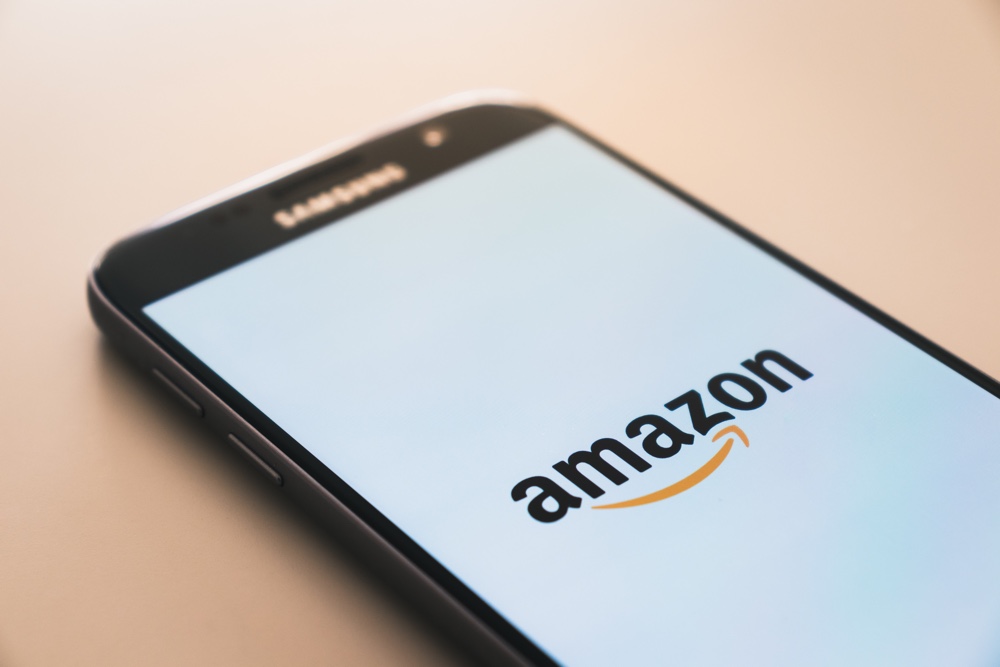Slowly, mobile payments taking off in the US
Mobile payments in the United States surpass $130 trillion.
The U.S. mobile payments industry rose by 41 percent, up from $69.8 billion in 2018 to $98.8 billion in 2019 according to the electronic marketer. Given that a mere $12.8 billion was spent in 2012, growth is important. U.S. consumers are gradually using mobile payments as customers become more at ease with the technology. Digital payments are expected to be a driver for higher smartphone revenues.
A late start in the U.S. of mobile payments
Relative to other countries the U.S. market ranks sixth in the world in terms of mobile payments. In the U.S., one reason the digital wallet has not gained as much recognition as expected is the novelty of taking out the phone to make a payment instead of a credit card. According to Julie Bernard, CMO Verve, “We need to solve a market issue as with the introduction of any new technology, and it has to be a question in their minds, measurable and actually understood by them in their words.
During the early years, the process of taking out your credit card and installing it was clearly not a pain point for many customers. Although many thought the phone would be in-hand at the point of sale, it was often not; the products purchased by the customer were in-hand and the act of buying a plastic card or smartphone was no different in terms of checkout speed and ease.” “Mobile payment choices are confusing and inconsistent, so many customers only reach for their credit cards
The current use of credit and debit cards has restricted the development of digital payments in the US, while cash used in Asia and Europe has enabled mobile payments to expand. Francesca Nicasio, a retail specialist, SaleSlow’s Vend Point, says, “Slow mobile payment acceptance is more common in the U.S. because credit cards are prevalent, so paying for goods in the U.S. is now quick and convenient. Countries such as India and China were cash-based, and when a more convenient alternative (i.e., mobile payments) was introduced, customers were more likely to hop on board. “Adding to the lack of convenience is the confusion on the U.S. market among retailers that have impeded development. Nicasio says, “Some retailers support mobile wallets such as Apple Pay and Samsung Pay, while others, such as Walmart and Target, have their own offer to pay. It’s frustrating and inconsistent, so many customers only reach for their credit cards. “eMarketer Mobile Payment Transaction Value in the U.S. Customer mentality and technology ease accelerate mobile growth Mobile payments will expand exponentially in the U.S. market; eMarketer estimates will raise mobile payments to $130.3 billion by 2020.

Market adoption, technology infrastructure and the continued growth of digital natives (the population aged 0 to 40 who grew up using technology) are factors that drive this development as a huge amount of consumer purchases. Consumer confidence in mobile payments and the digital wallet make the transaction process online and in physical stores much easier. Bernard adds: “Innovative businesses recognize that they need to stimulate mobile payments–offer more tangible consumer benefits such as loyalty benefits–and as these consumer-facing benefits are rolled out, consumers will embrace the change.” Recently, technology has been better integrated with apps and mobile trading sites to create a more seamless experience. Nicasio says, “Thanks to the fact that more and more businesses are baking seamless mobile checkouts into their devices, mobile commerce is also on fire.
Target, Postmates, and Fandango are just a few examples of mobile applications that make buying goods and services on their phones extremely easy for consumers. The checkout process on these apps is quick and easy–which, in effect, leads to more customers using (and paying) these devices. “By 2026, digital natives will keep it rising, 59% of buyers in the U.S. market, of which 46% will be primarily Millennials and Gen Z, representing the largest buying force. It was estimated that in 2013, just 49.6 percent of all 12 to 17-year-olds had a smartphone, according to eMarketer. The number will rise to 83.2 percent in 2020. When Gen Z transitions towards being the largest generational cohort, their buying power would be $143 billion, and as digital natives, they are more inclined than previous generations to use mobile payments.
The top brands on mobile payments are Apple Pay, Google Pay, Samsung Pay, Chase Pay, and Masterpass. Mobile payments will see significant growth over the next few years as quality in the mobile payment process and customer satisfaction rise.
Other FinTech Healines
Coronavirus exposes the asset manager’s business conundrum - Innovate Finance – The Voice of Global FinTech
Read more >
Codat to provide extra support for small businesses during these difficult times. - Innovate Finance – The Voice of Global FinTech
Read more >
Making Decisions in Times of Market Turmoil - Innovate Finance – The Voice of Global FinTech
Read more >
BlackRock’s ETF Model Portfolios available in OpenInvest online marketplace – Australian FinTech
Read more >
MAS Tells Financial Institutions to Adopt Safe Distancing to Prevent COVID-19 Risks | Fintech Singapore
Read more >
The purchase of Emersion by Novatti increases capabilities and recurring sales – Australian FinTech
Read more >
fintech wealthfront, a robo-advisor located in california, is increasingly closer to being a digital bank
Read more >
square carries out the time-saving software for australian companies - australian fintech
Read more >
CEO of the lending platform: Banks will work with emerging technology to avoid delays in SME funding – Australian FinTech
Read more >